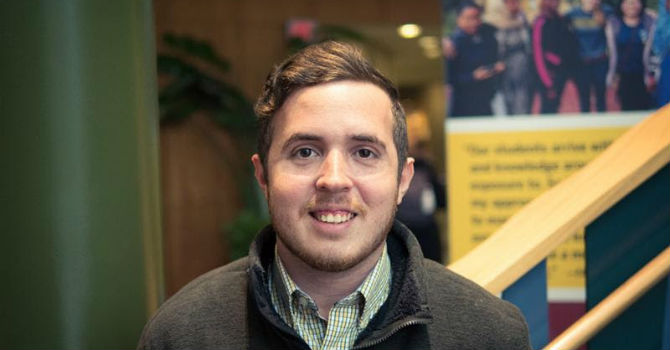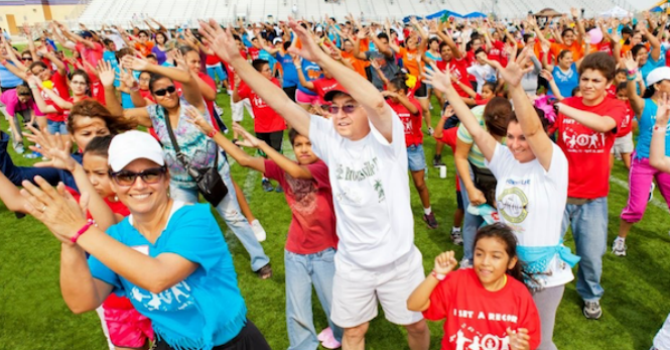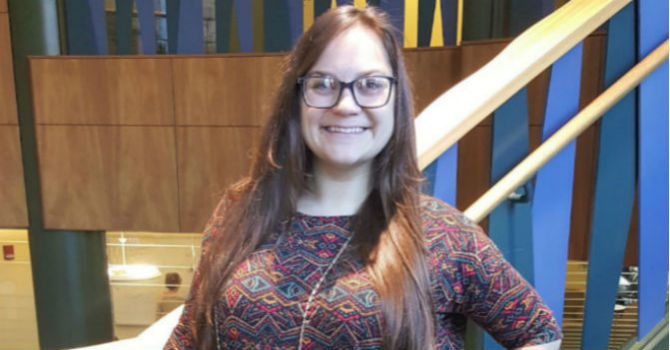Place Matters
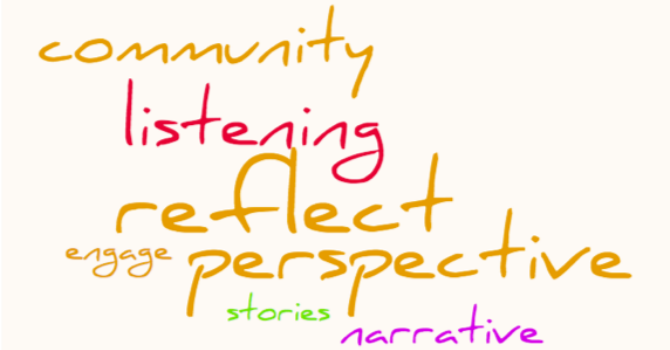
Elizabeth Serrano
February 25, 2018, Health Behavior and Health Education, Students, Practice
Have you ever thought about how the place where you live can shape your health outcomes,
opportunities, and perceptions? I grew up in a predominantly Hispanic/Latino neighborhood
near Los Angeles. 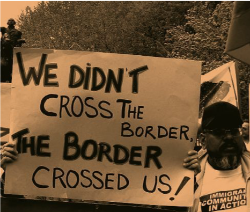 My experience as a Latina is unique, but the narrative in my neighborhood is not
representative of Latinos in other parts of the country, like the Texas Rio Grande
Valley (RGV) for example. I contrast my hometown to RGV not to say one is better than
the other, but because RGV has 1.3 million residents, and more than 90% are Hispanic/Latino.
The RGV region has traditionally been a point-of-entry for immigrants from Mexico
and Central America (Igor, 2017). Although my hometown is predominantly Hispanic/Latino as well, the Latino experience
is different in RGV because of the pressing factors that are acting on residents'
everyday lives, and therefore affecting quality of life.
My experience as a Latina is unique, but the narrative in my neighborhood is not
representative of Latinos in other parts of the country, like the Texas Rio Grande
Valley (RGV) for example. I contrast my hometown to RGV not to say one is better than
the other, but because RGV has 1.3 million residents, and more than 90% are Hispanic/Latino.
The RGV region has traditionally been a point-of-entry for immigrants from Mexico
and Central America (Igor, 2017). Although my hometown is predominantly Hispanic/Latino as well, the Latino experience
is different in RGV because of the pressing factors that are acting on residents'
everyday lives, and therefore affecting quality of life.
The Rio Grande Valley Region
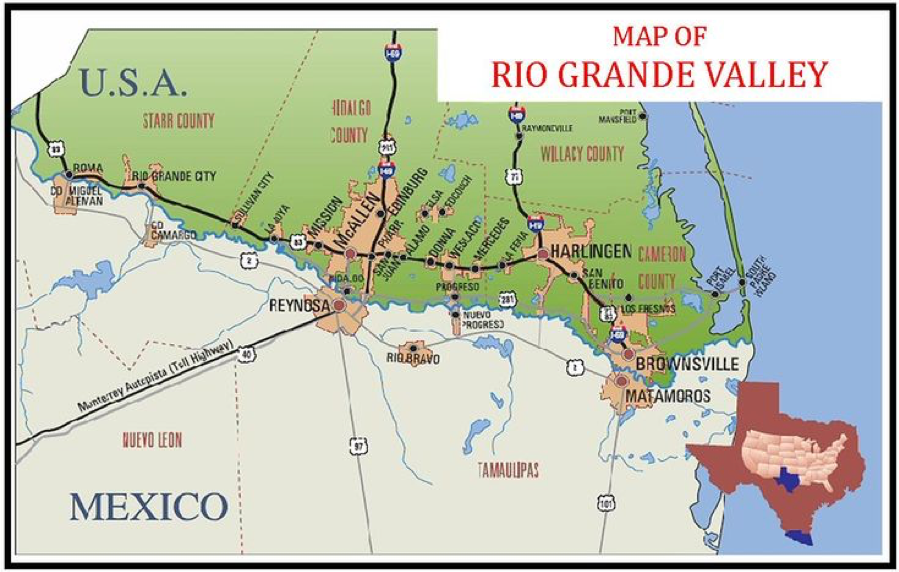 As a border region (comprised of Cameron, Starr, Willacy and Hidalgo counties) between
South Texas and Tamaulipas, Mexico, a large percentage of the population lives in
fear of deportation given their undocumented status, and dense presence of border
patrol. The literature says the per capita income in RGV is about $13,500, and roughly
40% of adults (25 years and older) do not have a high school diploma (Igor, 2017). This region "has the highest rate of uninsured persons in the country and remains
among the most medically underserved, despite some increases in coverage (Heide, 2017)" after the Affordable Care Act. Although recent economic growth of the region is
attributed to increased tourism, colonias remain unincorporated and unregulated neighborhoods within the region occupied predominantly
by low-income individuals (Vigness, 2010).
As a border region (comprised of Cameron, Starr, Willacy and Hidalgo counties) between
South Texas and Tamaulipas, Mexico, a large percentage of the population lives in
fear of deportation given their undocumented status, and dense presence of border
patrol. The literature says the per capita income in RGV is about $13,500, and roughly
40% of adults (25 years and older) do not have a high school diploma (Igor, 2017). This region "has the highest rate of uninsured persons in the country and remains
among the most medically underserved, despite some increases in coverage (Heide, 2017)" after the Affordable Care Act. Although recent economic growth of the region is
attributed to increased tourism, colonias remain unincorporated and unregulated neighborhoods within the region occupied predominantly
by low-income individuals (Vigness, 2010).
Entering Communities You Are Not From
All the literature about RGV paints a picture for me, prior to conducting fieldwork there. The fieldwork surveys we conduct will allow us to identify mental health and telehealth perceptions, and community health needs. I am going to keep this information in mind, but I am mostly excited to witness the community strengths because the solutions to evident needs might already lie within the community. Strength-based approaches in community health are unique in that you get to identify and use existing community resources to mitigate problems. When entering a new community, it is important to check your privilege, biases, and avoid making it seem like you have all the solutions. There is more to gain by taking a step back, and trying to holistically understand the community outside of the literature.
What problems are limiting quality of life in your community? Can you identify existing strengths and characteristics in the area that may solve these problems (i.e. social, cultural, economic)?

